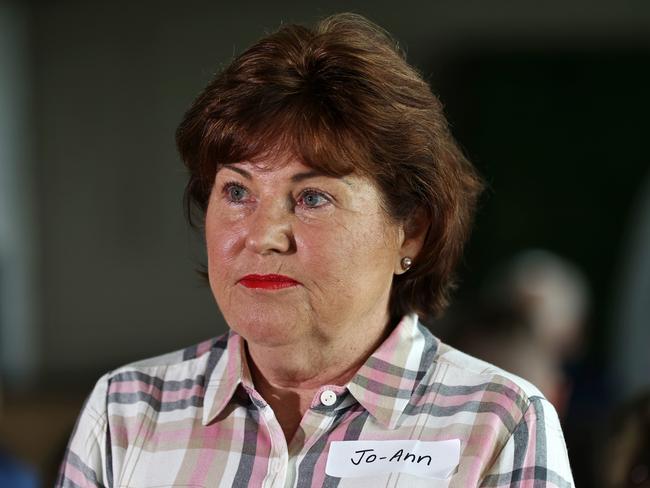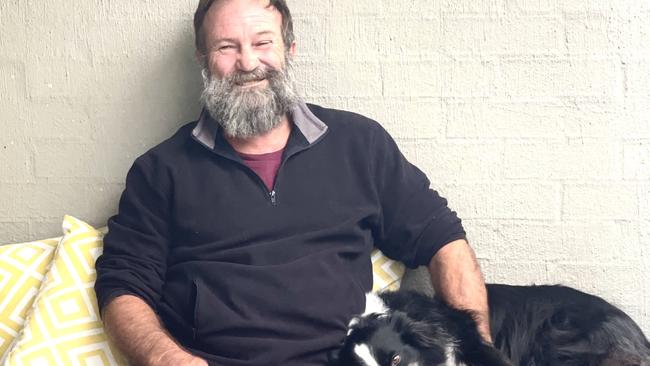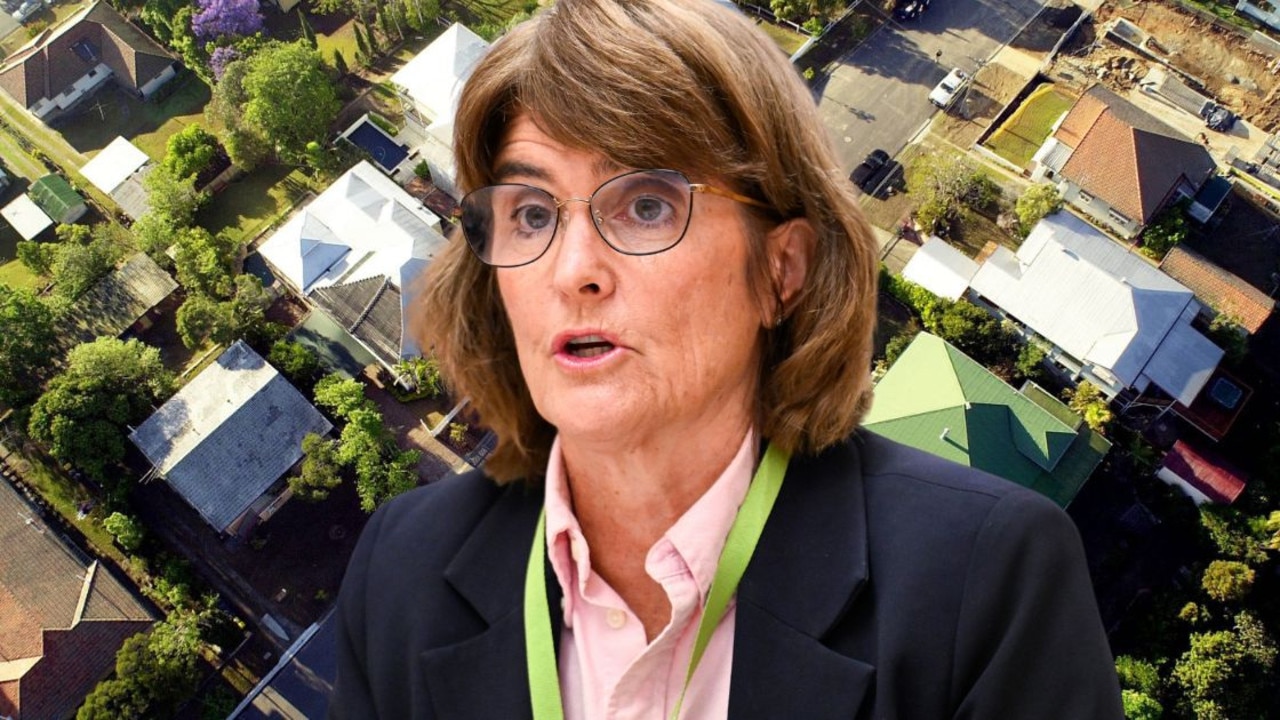Des Houghton: Accusations of a ‘cover-up’ in Qld mine safety investigation
A veteran mine safety officer says lung disease is widespread in the coal industry and accuses senior public servants of helping to cover it up, writes Des Houghton.
CM Insight
Don't miss out on the headlines from CM Insight. Followed categories will be added to My News.
A veteran mine safety officer says lung disease is widespread in the coal industry and accuses senior public servants of helping to cover it up.
Stuart Vaccaneo, 61, who worked underground for 15 years, said he was convinced a parliamentary select committee investigating the black lung scandal was itself nobbled after it presented its report in 2017.
Former Labor minister Jo-Ann Miller agrees. She was the chair of the Pneumoconiosis Select Committee that produced the Black Lungs, White Lies report. Her committee’s report made adverse findings against unnamed executive officers in the Palaszczuk government. Somehow, they escaped scrutiny even though the house voted in favour of a recommendation to investigate their behaviour.
Like Vaccaneo, Miller seeks answers. If there was a confidential report done behind the scenes, it should be made public, she said.
“The committee was appalled by the level of disregard for its work demonstrated by some senior officers of the Department of Natural Resources and Mines,’’ Miller’s committee reported to Parliament.

Miller, whose father, grandfather and great-grandfather were coalminers, retired as the Member for Bundamba in 2020.
Vaccaneo began investigating mine-safety failures a year ago after a fellow coalminer diagnosed with lung damage was told he was too ill to work underground, but not ill enough to qualify for WorkCover because he was not dying. Vaccaneo said he repeatedly met a brick wall when he tried to present evidence of misconduct.
He said he was snubbed by Resources Minister Scott Stewart and various government departments. Meanwhile, the Ombudsman and the Crime and Corruption Commission declined to investigate his complaints of improper behaviour by bureaucrats.
He was even blocked from presenting a paper at a University of Queensland mining industry safety conference. “The culture of secrecy extends to the university,” he said. “The ‘club’ is trying to freeze me out.”
The Miller report tabled in Parliament was littered with negative comments about the role of the department.
“Despite repeated assurances from DNRM that it would work expeditiously to assist the committee in any way possible, the committee has been met with resistance and obstruction,” it said.
And it said the co-operation of Department of Natural Resources and Mines, and some of its senior executive officers, “fell well below the standard required of public service officers assisting a parliamentary committee”.
It added: “Documents requested have not been produced in a timely manner”, and “key departmental witnesses, vital to understanding the failure of the health scheme, were not advised they would be required to give evidence”.

Senior officers were either “unprepared or unable” to answer questions and often were “argumentative and resistant to acknowledging the wide-ranging failures of their department”.
The committee recommended Public Service Commissioner Robert Setter review the transcripts of public and private hearings to find out “whether or not any public servant misled the committee (and) breached the Code of Practice for Public Service Employees Assisting or Appearing Before Parliamentary Committees”.
Miller told me she believed the committee was “led up the garden path” by the senior public servants.
Vaccaneo asked why the review was not undertaken. He said safety failures and cover-ups stretched back 30 years, involving both sides of the political divide.
“The mines department is a cone of silence,” he said. Things go in, nothing comes out.” Vaccaneo said there was ample scientific evidence showing mine-dust particles caused lethal pneumoconiosis and silicosis.
In a presentation to the 2016 Queensland Mining Health and Safety Conference, experts Fritz Djukic and Eliza Gill reported that respirable dust exposure levels were exceeded across several mine sites measured between 2000 and 2015. A report by the Ombudsman for the Bligh government in 2009 found the mines department “was not adequately fulfilling its compliance role”.
Vaccaneo said the worst mistake came in 1999 during the Beattie government when the role of the mine warden was abolished.
“That was the single most retrograde step in the history of mining,” he said.
He said the mines department’s own website carried data showing dust levels exceeded the statutory safety limits.
Vaccaneo has special worries for families in Moranbah who are surrounded by 26 coalmines.
“The wind carries the dust a long way,” he said.



